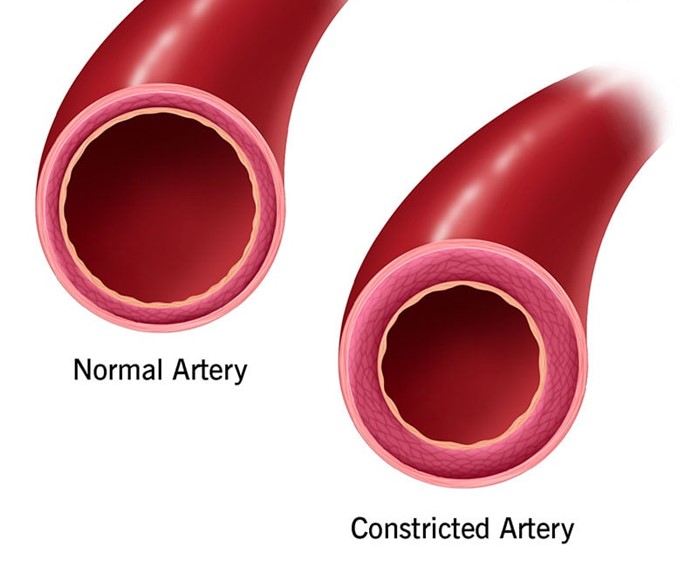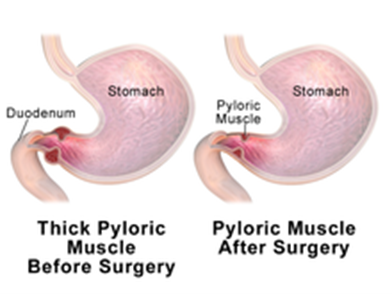A patient who is hypotensive is receiving dopamine, an adrenergic agonist IV at the rate of 6 mcg/kg/min. Which intervention should the nurse implement when administering this medication?
Implement seizure precautions.
Monitor serum potassium frequently.
Ensure pump accuracy to prevent toxicity.
Encourage the patient to ambulate every hour.
The Correct Answer is C
Choice A reason: This is incorrect because seizure precautions are not indicated for dopamine administration. Dopamine does not lower the seizure threshold or cause convulsions.
Choice B reason: This is incorrect because monitoring serum potassium frequently is not necessary for dopamine administration. Dopamine does not affect potassium levels or cause hyperkalemia or hypokalemia.
Choice C reason: This is correct because ensuring pump accuracy to prevent toxicity is essential for dopamine administration. Dopamine is a potent vasoconstrictor that can cause tissue necrosis, gangrene, and hypertension if overdosed.
Choice D reason: Dopamine is given to hypotensive patients, meaning they may be weak, dizzy, or at risk of falls. Ambulating frequently could worsen hypotension and increase fall risk rather than help the patient. Instead, the nurse should monitor the patient’s hemodynamic status and ensure bed rest as needed until blood pressure stabilizes.

Nursing Test Bank
Naxlex Comprehensive Predictor Exams
Related Questions
Correct Answer is A
Explanation
Choice A is correct because the nurse's priority is to provide comfort and dignity to the dying patient. Pain management is an essential aspect of end-of-life care.
Choice B is incorrect because updating the nurse manager is not a priority action. The nurse manager can be informed later, after the patient's needs are met.
Choice C is incorrect because conveying the patient's status to the chaplain is not a priority action. The chaplain can be contacted later, after the patient's needs are met. The chaplain may also need the consent of the patient or the family before providing spiritual support.
Choice D is incorrect because documenting the impending signs of death is not a priority action. Documentation can be done later, after the patient's needs are met. Documentation is important, but not as important as providing comfort and dignity to the dying patient.
Correct Answer is B
Explanation
Choice A reason: Marking an outline of the "olive-shaped" mass in the right epigastric area is not a priority nursing action. The mass is caused by hypertrophy of the pyloric sphincter, which obstructs gastric emptying and causes projectile vomiting. The mass may not be palpable in all cases.
Choice C reason: Monitoring amount of intake and infant's response to feedings is important, but not the highest priority. The infant may have difficulty feeding due to nausea, vomiting, and abdominal pain.
Choice D reason: Instructing parents regarding care of the incisional area is a post-operative nursing action, not a pre-operative one. The parents will need to learn how to keep the incision clean and dry, monitor for signs of infection, and administer pain medication as prescribed.

Whether you are a student looking to ace your exams or a practicing nurse seeking to enhance your expertise , our nursing education contents will empower you with the confidence and competence to make a difference in the lives of patients and become a respected leader in the healthcare field.
Visit Naxlex, invest in your future and unlock endless possibilities with our unparalleled nursing education contents today
Report Wrong Answer on the Current Question
Do you disagree with the answer? If yes, what is your expected answer? Explain.
Kindly be descriptive with the issue you are facing.
